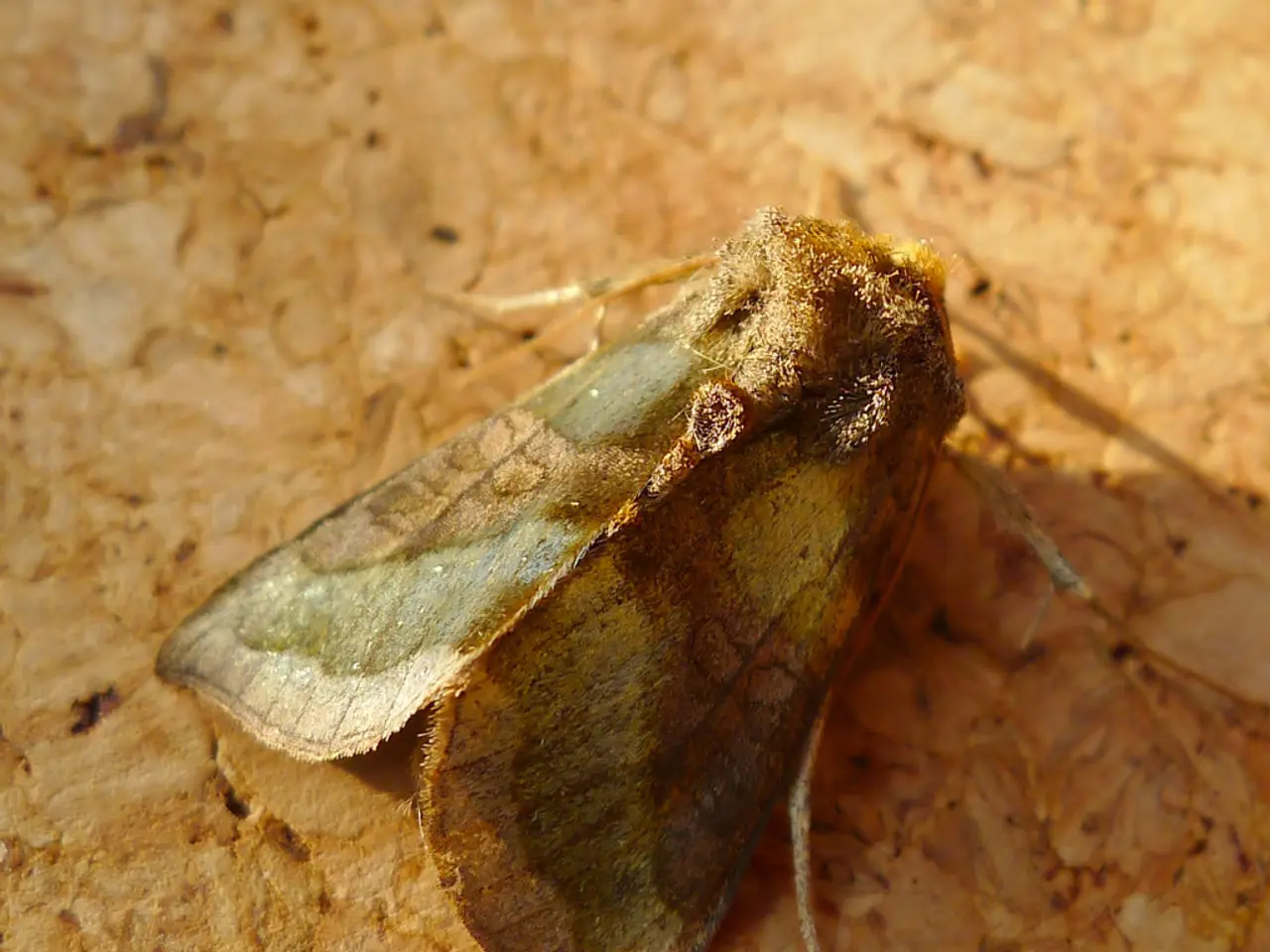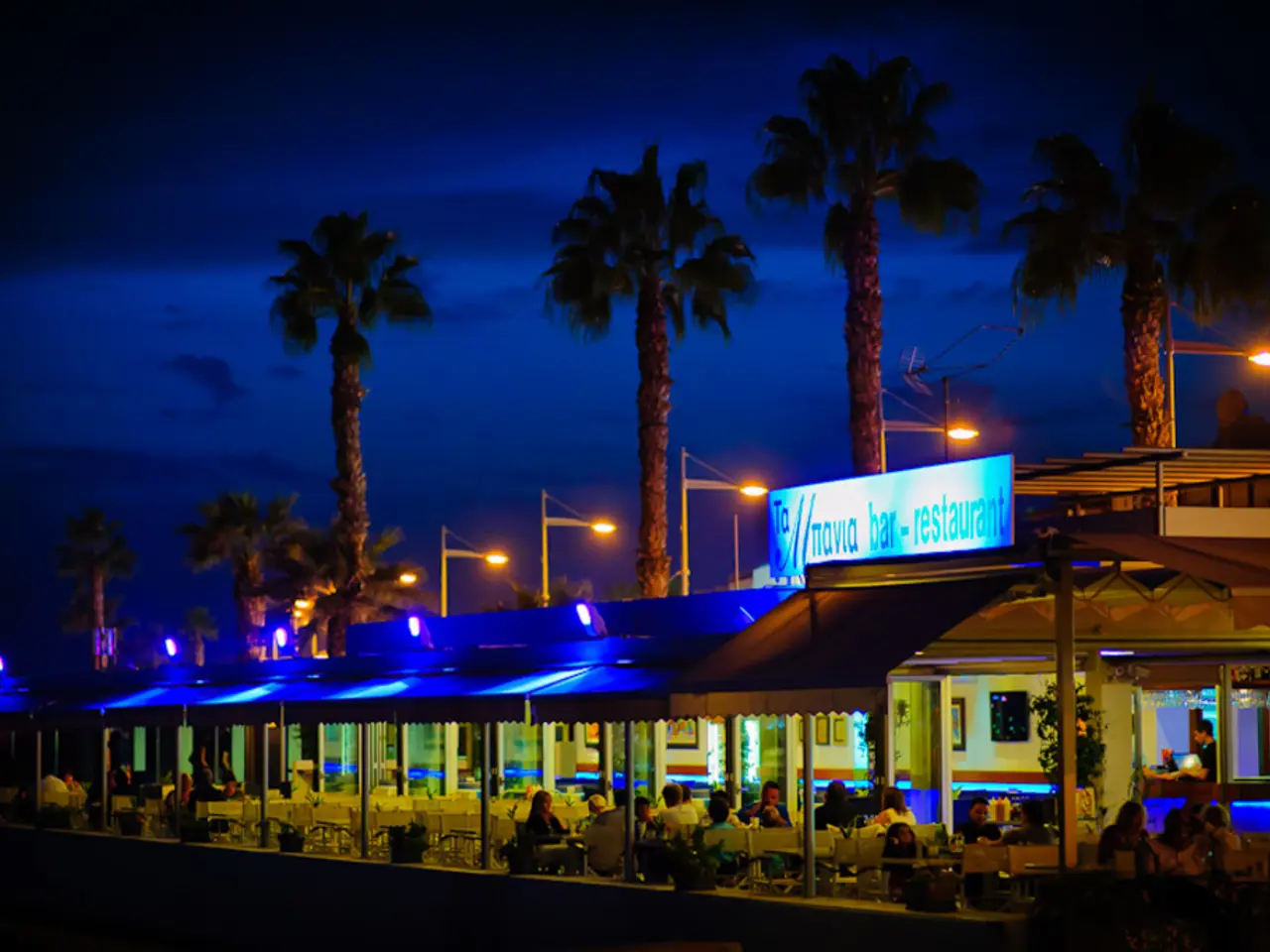Lures of the Night: Devices Intended for Attracting Nocturnal Creatures
In the beautiful region of Mecklenburg-Vorpommern, nestled within the Teterow area and the picturesque Kummerower See Nature Park, an exciting event is taking place this August.
On the 9th of the month, at 9 PM sharp, nature enthusiasts are invited to join an enchanting moth observation and identification session at Bornmühlenweg, Teterow. This event aims to attract various types of moths, such as Spinners, Owls, and Swallowtails, and provide an opportunity for participants to learn more about these fascinating creatures.
Moths, often overlooked cousins of butterflies, are particularly active when dusk begins and animals retreat for the night. They can be quite beautiful, often mistaken for drab moths. In Mecklenburg-Vorpommern, approximately 1000 butterfly species are found, with around 900 being moths. Some common European types found in the region include hawk moths and larch bud moths.
Identifying moths relies on characteristics such as wing shape, size, and patterning, as well as their behaviour and the plants they are associated with. For example, hawk moths are recognizable by their robust bodies, narrow wings, and swift, hovering flight. The grey larch bud moth is known for its life cycle linked to larch trees and can be identified by its particular larval feeding damage and adult moth pattern.
To attract moths, light traps, sugaring, and using bait plants are common methods. Moths are attracted to sources of light at night, especially ultraviolet light, making light traps an effective tool. Sugaring, which involves applying a mixture of sugar, beer, and fruit to tree trunks, can lure many moth species. Using bait plants, such as those that caterpillars or adults feed on, helps attract moths native to the area. Maintaining natural forest or garden habitats with a diversity of native plants also enhances moth presence.
Entomologist Volker Wachlin from Greifswald will be on hand to help identify moths using a light trap. Participants are encouraged to stay until the light traps are dismantled in the early hours of Sunday.
Please note that the event may be cancelled in case of persistent rain and strong winds. The weather should be warm, mild, and dry for the event to take place.
To participate in this enlightening evening, registration with the nature park is required. You can register by calling 0385 588 64 830 or emailing [email protected]. Don't miss out on this unique opportunity to delve into the world of moths!
- Combining science with health-and-wellness, the session aims to educate participants about the various types of moths in environmental-science, which could indirectly contribute to personal fitness-and-exercise by increasing mindfulness and appreciation for the natural world.
- The light trap utilized during the moth observation event not only serves the purpose of science by aiding in moth identification but also has a potential environmental-science impact, as it could attract various moth species and help maintain a balanced ecosystem within the Kummerower See Nature Park.




